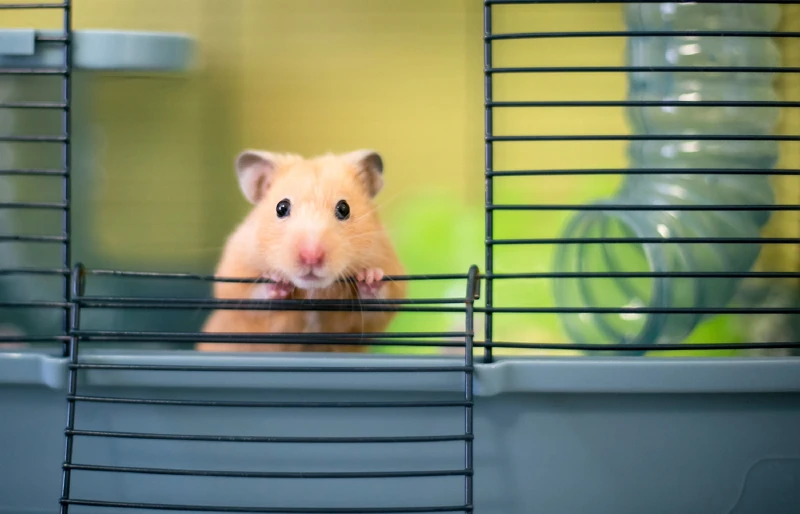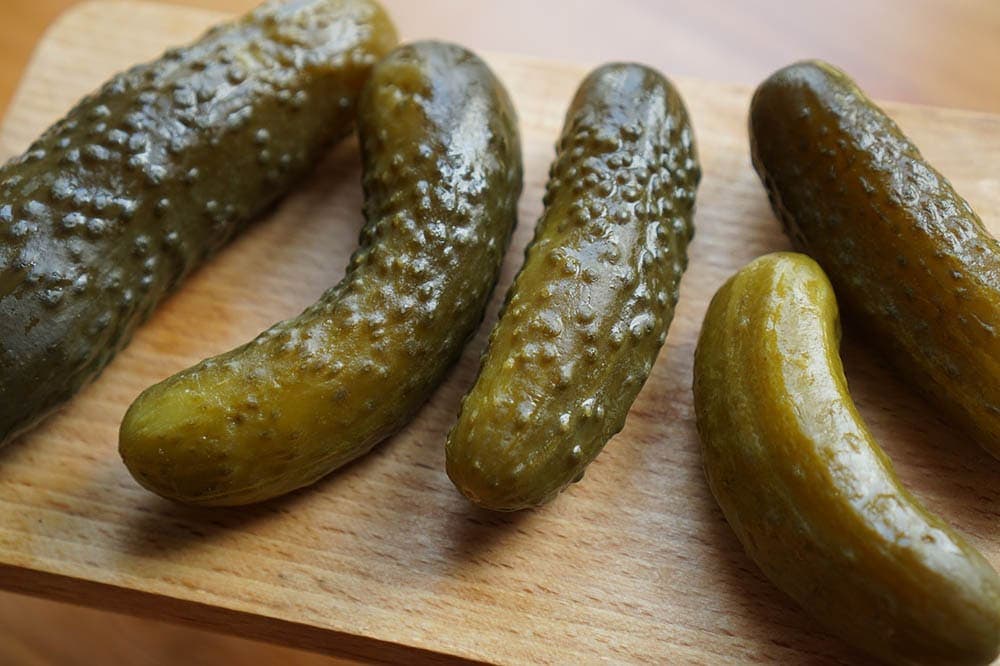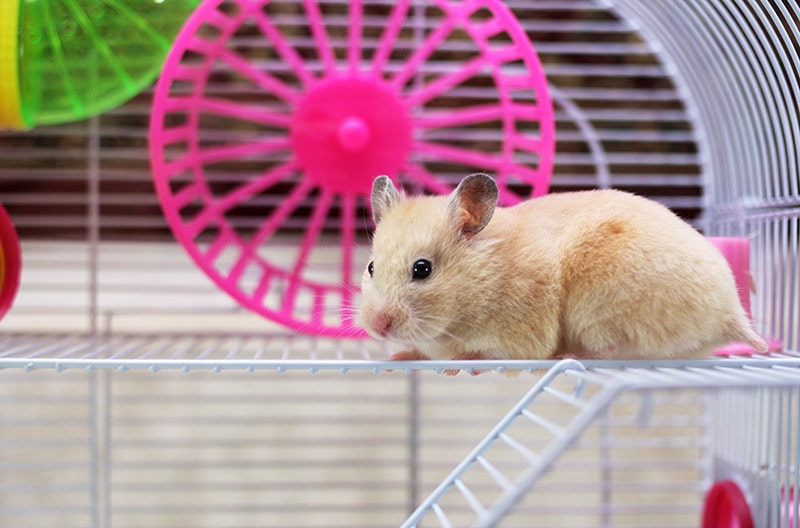Can Hamsters Eat Coconut? Vet-Approved Health Facts
By Jordyn Alger
Updated on
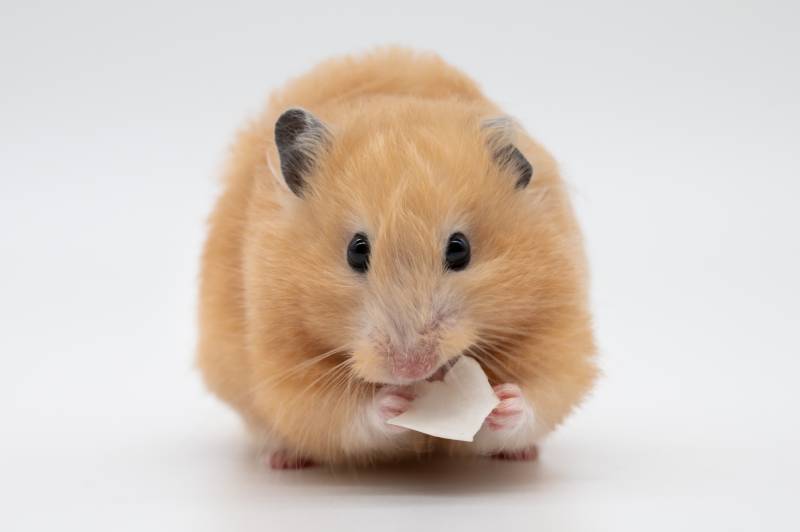
Feeding several types of food to your pet hamster is a great way to enrich their life, as well as provide them with a variety of nutrients. Fresh fruits and veggies are great candidates for what you can feed your hamster, but not everything is suitable for your pet. You’ll be pleased to know that coconut is on the safe foods list for hamsters, but one that should only be offered sparingly. In this article, we will discuss the nutritional value and benefits of the coconut, as well as any potential risks.
An Overview of Coconut
Coconuts, or Cocos nucifera, are somewhat of a puzzling plant. Some people call them fruits, but other people call them nuts. But what’s the truth? Botanically, the coconut is considered a fruit. It belongs to a category known as drupes, which are fruits with hard casings, or single seed. Drupes contain several fruits, such as the cherry, peach, olive, and mango, as well as some that masquerade as nuts, including the almond and walnut.
So, in this regard, the coconut is considered a fruit, but may also be referred to as a ‘tree nut’. Confused? For the purposes of this article, we will refer to it simply as a fruit.

Nutritional Value
100g of coconut ‘meat’ contains:
- Calories: 354 kcal
- Protein: Less than 3.33 grams
- Fat: 33.5 grams
- Carbohydrates: 15.2 grams (Fiber: 9 grams, Sugar: 6.23 grams)
Benefits and Risks of Feeding Coconut to Your Hamster
Coconut contains reasonable levels of calcium, iron, magnesium and potassium, and is relatively low in sugar for a fruit, as well as providing a good amount of fiber.
However, coconut is very high in saturated fats, which are the unhealthiest types of fat. Although all animals need some fat in their diet, hamsters would do well to avoid eating too much food that is one third fat. Pet hamsters are prone to obesity, and can suffer similar effects of high fat diets as we do, so we need to be very careful when offering them high fat foods.
Another factor to be aware of is the high phosphorus content of coconuts, which can lead to a depletion of calcium levels.
What this all adds up to is that coconut, although safe for hamsters, is not a food they should be eating much of.
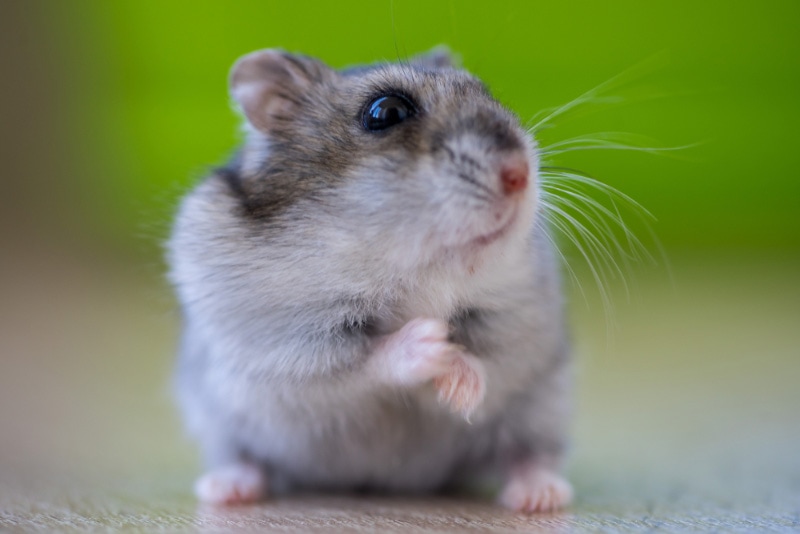
How to Feed Coconut to Your Hamster
Given what we know about the risks associated with feeding coconut to your hamster, we wouldn’t recommend going out and picking one up for the sole purpose of feeding some to your hammy. But, if you are enjoying some fresh coconut yourself, you might want to know how much you can share with your pocket pet.
The best way to offer coconut to hamsters is by cutting up some of the white flesh, or meat. Be sure to remove the outer shell, as this could be a choking hazard or lead to damaged teeth. Dried or desiccated coconut isn’t ideal, as some of the nutritional benefits can be lost during the drying process, while the fat and calories remain.
How Much Coconut Can My Hamster Eat?
This is where we need to do a little bit of math. Due to their differing metabolic rates, large and small hamsters tend to require roughly the same amount of calories per day: approximately 25 kcal per day.1
- 70-80% commercial pellet diet (17.5- 20 kcal)
- 10-20% fresh greens and vegetables (2.5 – 5 kcal)
- 10% animal protein (eg. mealworms, crickets, boiled egg, small amounts of cooked chicken) (2.5 kcal)
- 10% fruits/treats (2.5 kcal)
- Fresh water and hay (eg. Timothy hay) should be provided ad lib.
Coconut falls under our fruits/treats category, so the maximum amount of coconut a hamster could have in a day would be around 1 gram – not exactly a huge amount! This will probably equate to a few shavings.
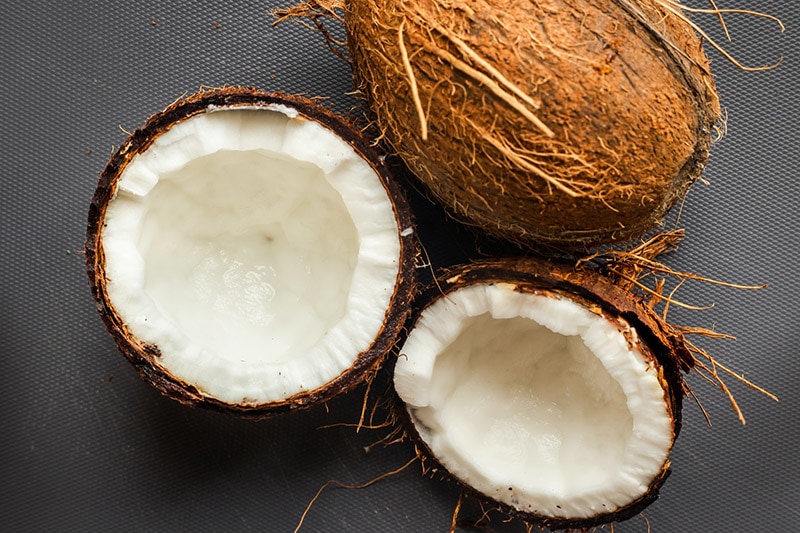
How Often Can You Feed Coconut to Your Hamster?
Not very often, perhaps once or twice a month. If you did want to give them a little bit more coconut, you just need to be sure to reduce their treat allowance for the rest of the week.
Frequently Asked Questions
Do Hamsters Like Coconut?
Typically, hamsters enjoy coconut very much. It is a sweet, tasty treat, so many of them are more than happy to munch on it. However, just like humans, hamsters have their own individual preferences. One hamster may love coconut, while the other may hate it. The only way to determine your hamster’s preference is to feed them a small piece of coconut and see how they react.
What Are Other Safe Foods for Hamsters?
So we know that coconut is safe for hamsters, but also that the tiny amount they should be allowed is not exactly worth the effort! So what other sorts of fruits and treats can we offer our tiny friends? Here are some examples of some lower fat treats you can tempt your pet with:
- Seeds
- Greens
- Apples
- Melon
- Berries
- Peas
- Carrots
- Bell peppers
- Cucumber
- Sugarless breakfast cereal
- Mealworms
- Boiled egg
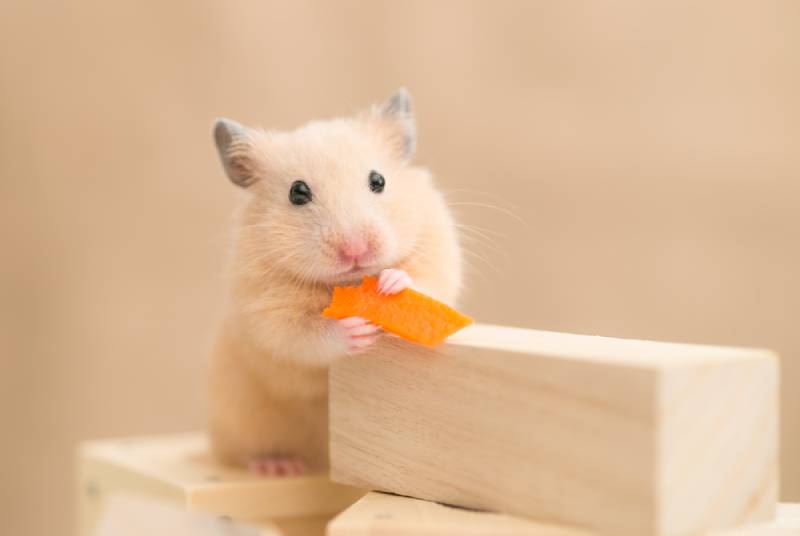
Which Foods Are Dangerous or Toxic to Hamsters?
When considering different foods for your hamster, there are some that you should avoid at all costs. These foods are considered dangerous or toxic for hamsters, so stay away from the following:
- Apple seeds
- Chocolate
- Garlic
- Onions
- Bitter almonds
- Citrus
- Sugary foods
- Salty foods
- Raw beans
- Raw potatoes
- Red Meat
Final Thoughts
Coconut is a safe treat for hamsters, but being very high in fat, it is one that should only be offered sparingly. Before feeding coconut to your hamster, carefully remove the shell and fibrous parts. If you are uncertain about adding a new fruit to your hamster’s diet, do not hesitate to contact your vet for their professional opinion.
Featured Image Credit: Luvtinytoes, Shutterstock


